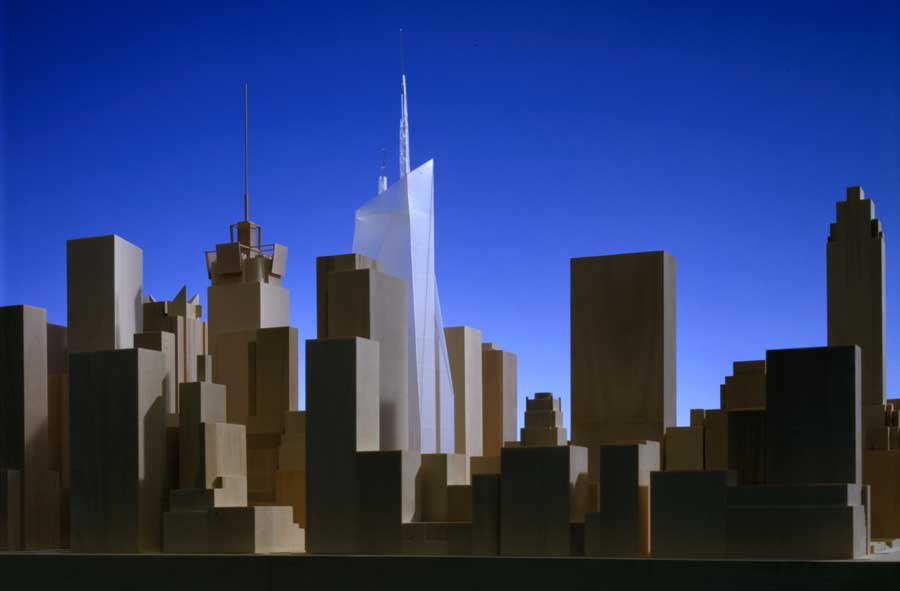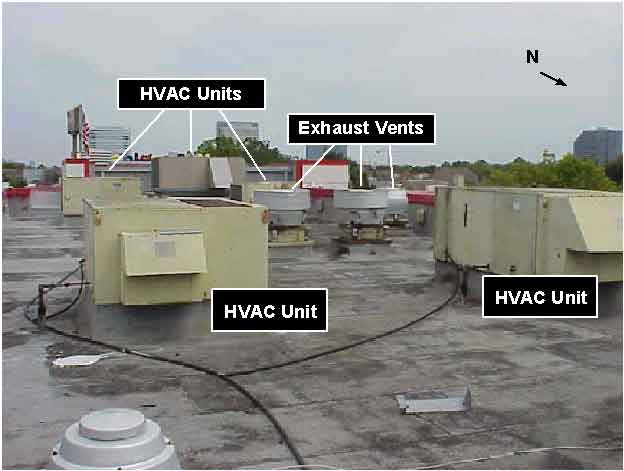What are the I-Codes?: The I-Codes are the first and only set of coordinated, consistent, and comprehensive construction, fire prevention, plumbing, zoning, and energy and sustainability codes. As a result, fire and building code enforcement officials, architects, engineers, designers, and contractors can work with a consistent set of requirements from coast to coast.
Consensus Process: The consensus process through which ICC develops and maintains comprehensive and balanced codes is designed to protect the public’s health, safety, and welfare as well as protect our planet by encouraging water and energy conservation and other sustainability methods. The ICC process allows all jurisdictions, regardless of size, to benefit from the expertise of thousands of professionals who participate in the development of the model codes, available for adoption at the state and local level. The cost to include this expertise and manage this process would be prohibitive for any single jurisdiction.
The Foundation -- Governmental Consensus: The ICC code development system ensures fairness in the process, controls against conflicts of interest, and prevents vested economic interests from determining the outcome of a code change proposal. The ICC governmental consensus process meets the principles defined by the U.S. Standards Strategy of 2005; and the OMB Circular A-119, Federal Participation in the Development and Use of Voluntary Consensus Standards and in Conformity Assessment Activities (1998), codified by Public Law 104-113, National Technology Transfer and Advancement Act of 1995. The key mechanisms that govern the ICC governmental consensus process include:
Open Public Forums
All forums are open to the public at no cost.
Anyone can submit a code change proposal and testify at the hearings.
All views are considered by a code committee prior to a vote.
Decision Transparency
Representation of Interests
Wide-ranging representation.
Full disclosure of conflicts of interest.
One-third of the committee’s members must be governmental members with no financial vested interests.
Membership on a committee is not conditional on membership in ICC.
Due Process
Equal opportunities for rebuttal.
Committees consider all views, objections, and the cost impact of all code change proposals.
All who attend can testify.
Appeals Process
Majority Consensus
The ICC Code Development Process
The ICC code development process is the framework to develop and provide a comprehensive regulatory system for the built environment that is effective, efficient, and meets the needs of government, industry, public health, and safety. The objectives of the ICC code development process are to:
Recognize and evaluate in a timely manner technological developments that affect construction techniques/regulations
Host an open debate and democratic discussion of proposals
Present the final determination of code text modifications
Create an opportunity for building, plumbing, electrical, mechanical, fire, energy, and sustainability professionals to react and share lessons learned
The Eight-Step I-Code Development Cycle
The eight-step ICC code development process demonstrates a continuous improvement cycle, incorporates the latest lessons learned in the construction industry, and keeps up with technological changes to protect communities and build a safer world. ICC publishes new editions of the code every three years.

Step 1: Code Changes Submitted: Any interested person may submit a code change proposal. Before code changes are due for the current cycle, an announcement is posted on the ICC web site and in other media, including a notice in the Federal Register. In year one of the code cycle, Group A codes begin this revision process. In year two, Group B codes begin the process.
Step 2: Proposed Code Changes Posted: Code change proposals are posted at least 30 days prior to the public hearing.
Step 3: Code Development Hearing (Public Hearing): The Code Development Hearing is a public meeting open to all parties. Anyone can attend, testify, and take part in debates. There is no cost to attend or participate in the hearing, which can also be viewed via webcast. During the code development hearing, interested parties can present their views including the cost, benefits, and impact of the code change proposals. The hearing includes the following steps:
Floor Discussion – The code change proposals are considered at the floor discussion.
Committee Action – The code development committee makes a recommendation on the code change proposal disposition.
Assembly Action – ICC Members in attendance can challenge committee actions.
Step 4: Public Hearing Results Posted: The results of the public hearing are posted not less than 60 days prior to the Final Action Hearing.
Step 5: Public Comments Sought on Public Hearing Results: Any interested person can submit comments on the results of the public hearing to challenge a committee action or assembly action. This public comment process provides an opportunity to consider specific support for or objections to the results of the public hearings.
Step 6: Public Comments Posted: Code changes that received a public comment as well as code changes that had a successful assembly action are posted in the Final Action Agenda at least 30 days prior to the Final Action consideration. The proposed changes receiving neither an assembly action nor a public comment will be block voted on by simple majority at the Final Action Hearing.
Step 7: Final Action Hearing: Eligible voters consisting of designated Governmental Members and Honorary Members cast votes on the final determination of all code change proposals presented in a code development cycle. The Final Action Hearings are open, fair, objective, and allow no proprietary interests to influence their outcomes. The Final Action Hearings are open to the public and also webcast with streaming video and audio.
Eligible voters: The eligible ICC Governmental Member Representatives and Honorary Members in attendance at the Final Action Hearing will each have one vote per code change considered. ICC Governmental Members are those who, in their positions of public trust, enforce the code and are charged with the public’s safety. Any change to a representative’s voting status must be received by the Code Council no later than 10 days prior to the commencement of the first day of the Final Action Hearing to ensure the voter’s eligibility.
Step 8: New Edition is Published: The final actions on all proposed code changes are incorporated in the next edition of the applicable I-Codes.
New Editions: The ICC Board has determined that new editions of the codes are to be published every three years. Each new edition will incorporate the results of the code development activity since the last edition.
FOOTNOTES:
1. The ICC Code Development Proces, Published Date: 01.23.2012By Bruce Johnson, Director of Fire Service Activities, International Code Council – Government Relations

 Energy Efficient Windows: The design of the building makes it environmentally friendly, using technologies such as floor-to-ceiling insulating glass to contain heat and maximize natural light, and an automatic daylight dimming system.
Energy Efficient Windows: The design of the building makes it environmentally friendly, using technologies such as floor-to-ceiling insulating glass to contain heat and maximize natural light, and an automatic daylight dimming system. 





